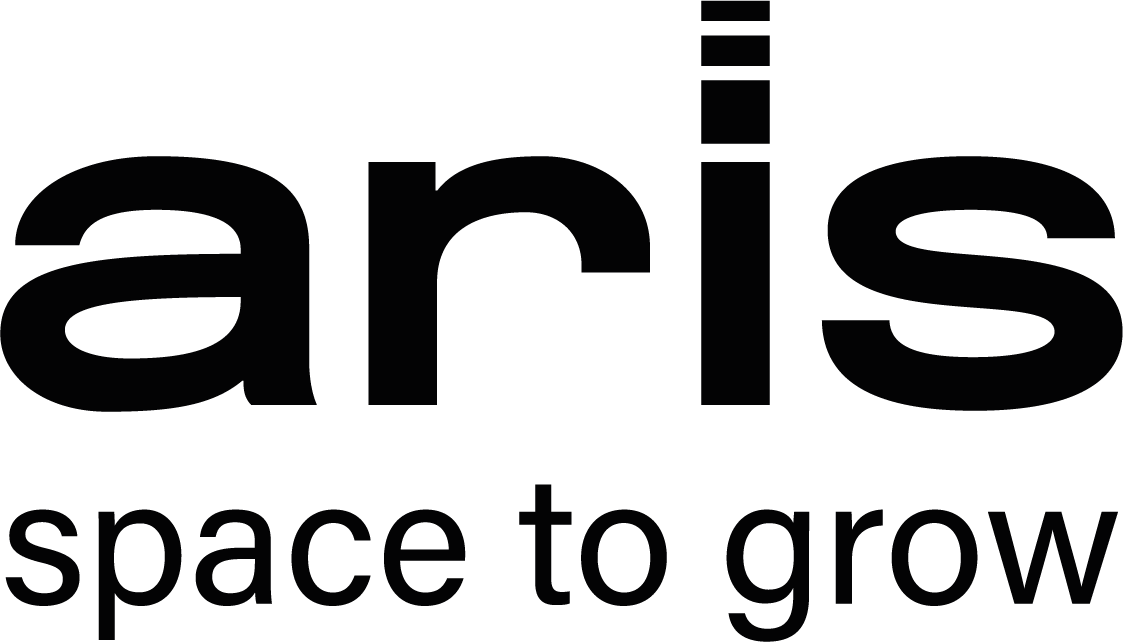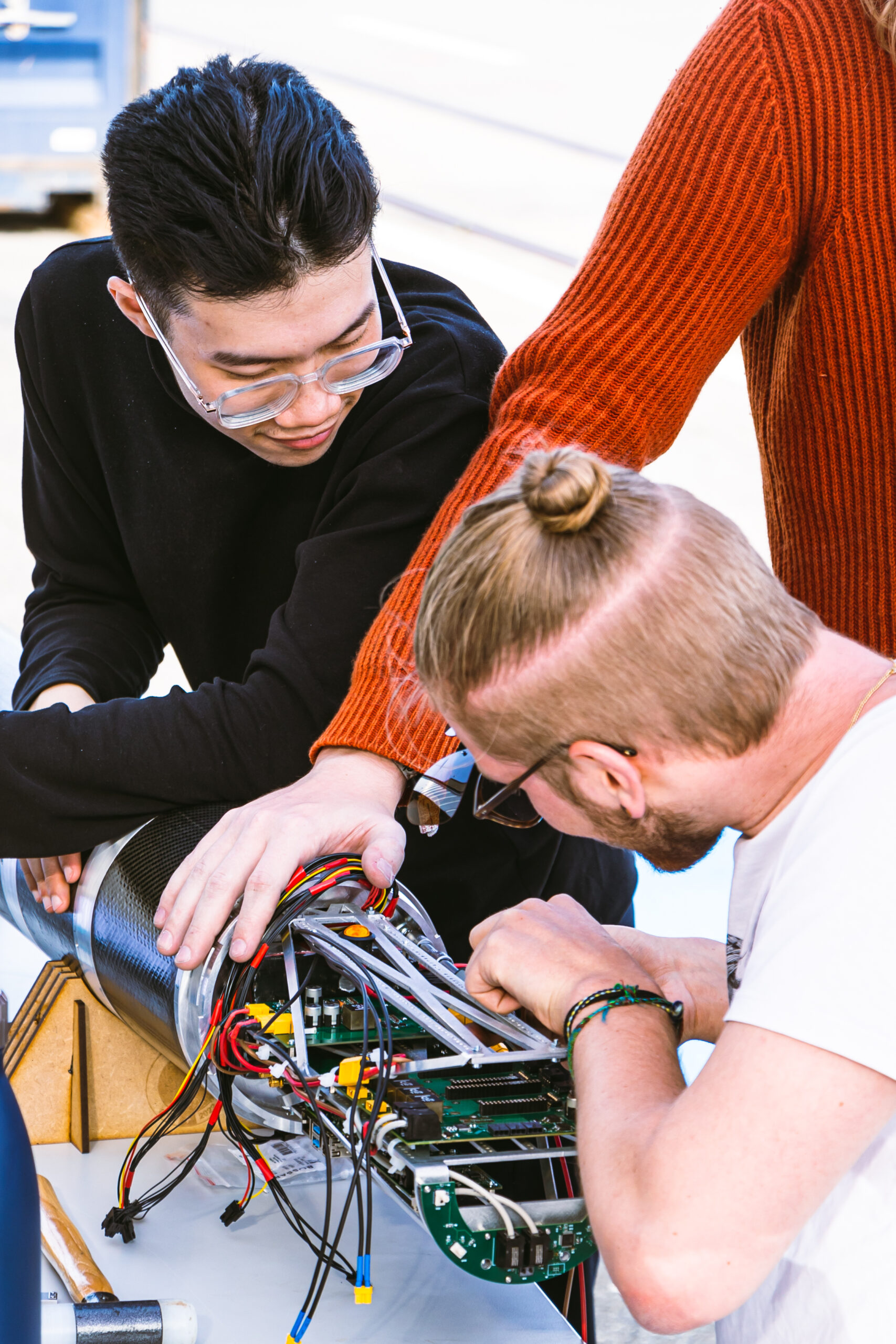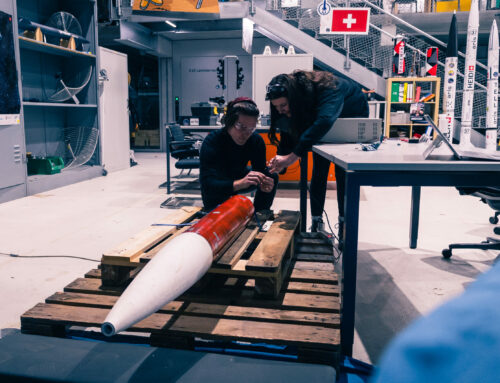Both the Structure Boys and Electronics Wizards of team PERIPHAS spent the last semester designing the physical parts of the guided recovery system. PCBs were soldered, aluminium parts designed, carbon fibre tubes manufactured, and lots of checklists written! On Monday, it all came together during our first assembly and functionality test.
The day began early at the Innovationspark Zürich. We started by gathering all the necessary parts according to our checklists. Every section was then carefully assembled with a four-eyes principle – one person performing the task, guided by a second person reading the checklist. A lot of potential for improvement was already spotted here, with some points in the procedures missing or minor flaws in the design, which we quickly fixed.
After all the individual sections’ assembly was done, we started connecting it all together for the first time. This was working beautifully for the most part, up until the connection of the electronics fairing. We realised that the bulk of the connectors and plugs had not been accounted for in the design of the racks, an error that will be fixed before our cargo flight on Thursday when the entire system needs to be functional.
At the end of the day, we tested the CO2 separation mechanism by sending the signal externally to our flight computer, a Raspberry Pi, which then controlled the solenoid valves. The first try worked perfectly when activating both solenoid valves! However, the team wanted to find the lower threshold to still have successful separation if only one of the two redundant valves is activated. This led to two more unsuccessful separation attempts, which need some further fine-tuning.
All in all, we are optimistic that we’ll be ready for our first full system test in the cargo flight on Thursday, and we’re looking forwards to the challenges moving forwards!








Social Contact